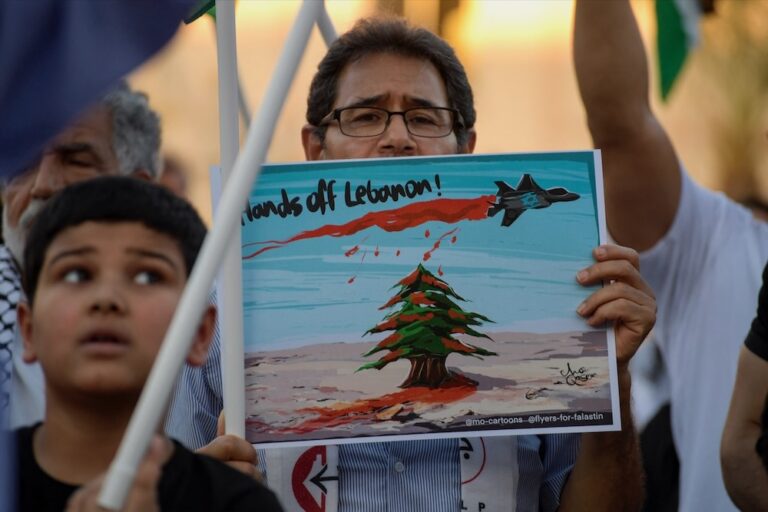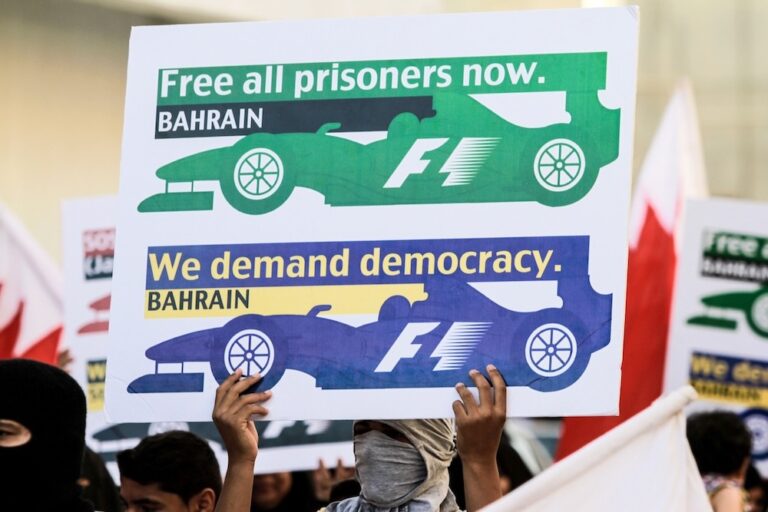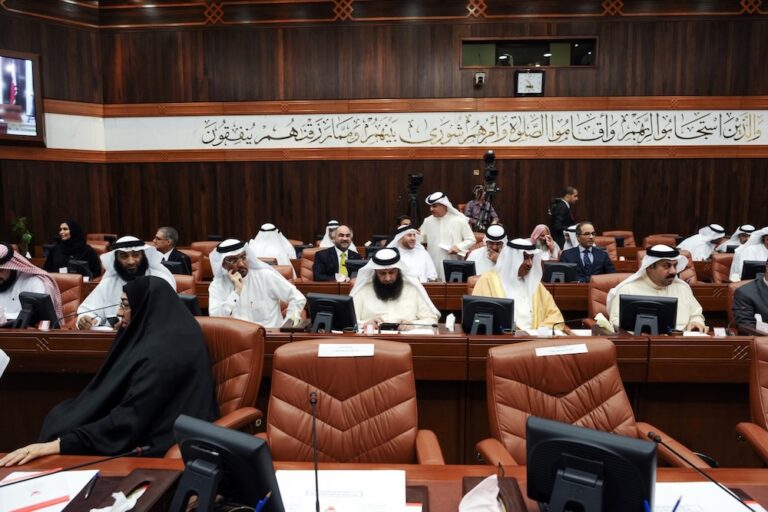The report documents the authorities' targeting of photographers, from dismissals to assaults and arrests, in response to their involvement in documenting the events of Bahrain's revolution.
(BCHR/IFEX) – May 31, 2011 – Bahrain Center for Human Rights voices its deep concern over Bahrain’s non-stop assault on freedom of speech, expression and publishing. These attacks have been evident in the authorities’ brutal attack on Bahraini photographers, by firing them from their jobs, assaulting them on duty and arresting them, merely for their involvement in documenting the events of Bahrain’s revolution, which exposed severe human rights violations by the government of Bahrain against protesters.
“A picture is worth a thousand words” is a saying proven true once again by Bahrain’s uprising. Since February 14 2011, photography has shown the peaceful and non-violent nature of the Bahraini protesters in Pearl Roundabout and revealed the legitimacy of their demands for political reform. It has also exposed the brutality of the Bahraini government through photos of killings, arrests, torture and terrorizing of civilians.
Photographers, both professional and amateur, have had a vital role in documenting pro-democracy protests in Bahrain. During the first days and through their photos they were able to educate and inform the public of the demands of the protesters by covering their peaceful rallies, events calling for unity like the human chain, and informative and educational speeches by Bahraini intellectuals held every night in the Pearl Roundabout. Bahraini photographers were also active protesters, with their own demands, which they expressed in the photographers’ rally on February 28, 2011, in which they held signs saying “A picture delivers an effective message of justice” and “No arrests of photographers”.
While international media was either banned from entering Bahrain or did not give any priority to covering Bahrain’s events, it was Bahraini photographers who covered the violent crackdowns on protesters at Pearl Roundabout, in front of the Salmaniya Medical Center, and near Bahrain Financial Harbor, with tear gas canisters, rubber bullets and live ammunition used against unarmed protesters. Also, their coverage exposed the role of thugs protected by security men in the attack on the University of Bahrain. These photos and videos were soon distributed via social networks and some media channels.


